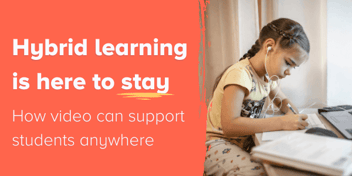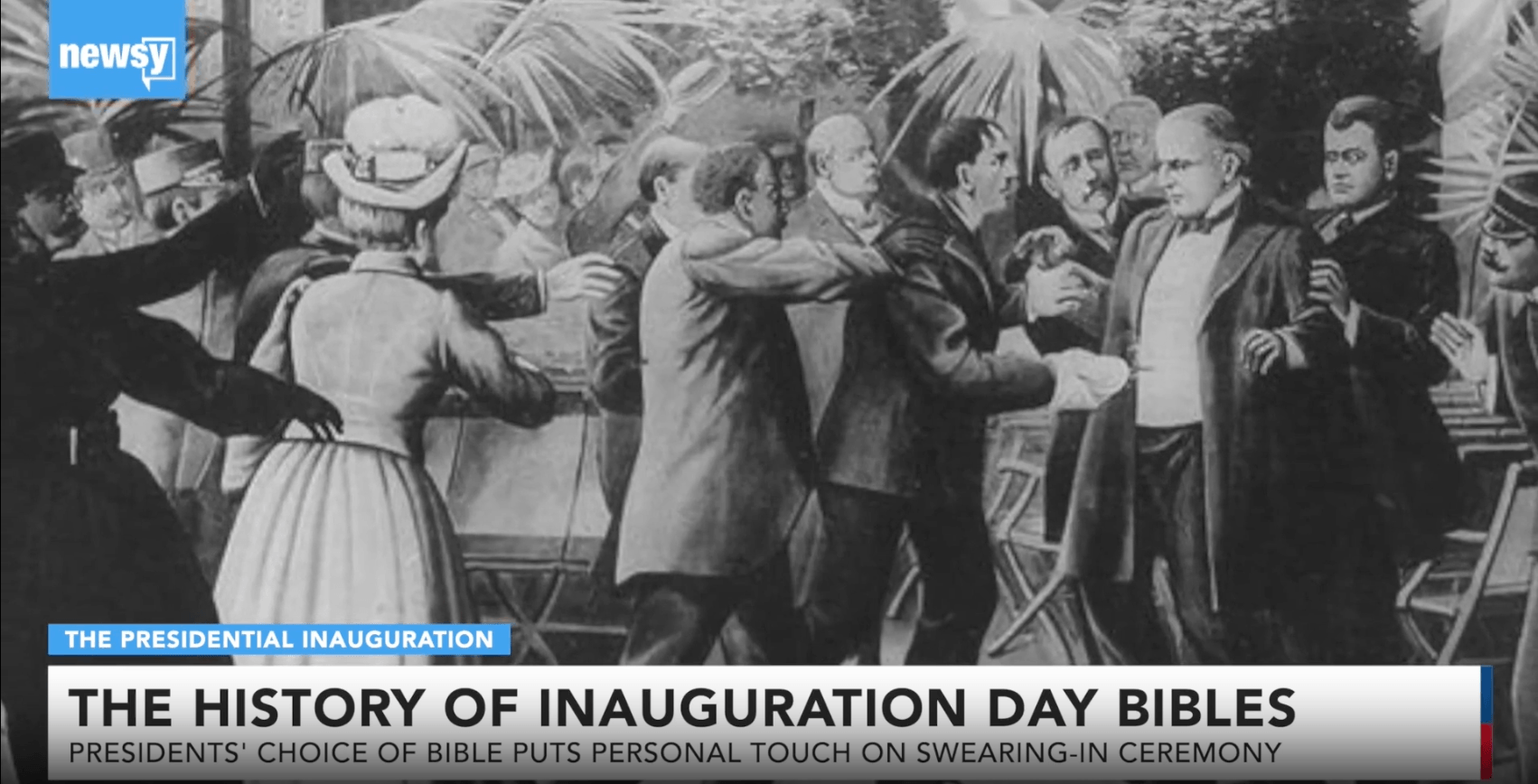There is no doubt that the past year or so has been tough all around. For a vast number of us, our lives have been turned upside down. Schools and universities have closed their gates and, for many, the workplace has shifted from offices to spare bedrooms.
Luckily, we’re an adaptable bunch. While the COVID-19 pandemic has caused an immense amount of suffering and disruption to the flow of our daily lives, we are meeting the challenges it has thrown up with resilience and creativity.
But, the question remains, is this a temporary fix or is it representative of a more enduring shift in how we will live our lives?
A Watershed Moment in Education
While much of the blame for the alarming speed at which the virus has spread has been laid at the feet of technology, particularly mass travel, technology has also helped us adjust to this dramatic change in our learning modalities.
The pandemic has become a watershed moment in education, and for hybrid and blended learning in particular. Study and training have continued apace as schools, universities, and workplaces have wholeheartedly embraced a new educational reality - a fruitful mix of in-person and online learning.
But, how does this impact instructional designers? Is it business as usual? Or is the world changed forever? One thing seems certain: in the aftermath of this global pandemic, some things have changed irrevocably.
Companies around the world in all industries are reconsidering how their employees work and undergo training. Universities and schools too are rethinking how they deliver their courses and curricula.
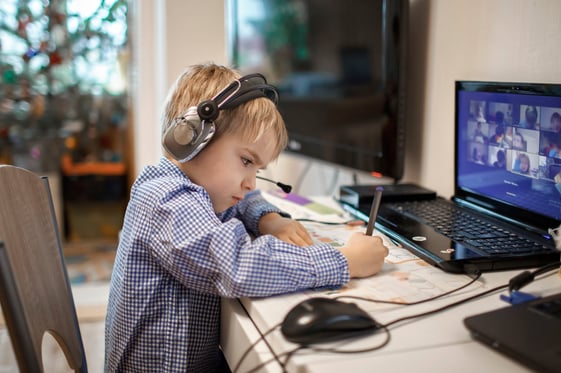
Embracing this New Educational Reality
These dramatic changes haven’t all been on a needs-must basis either. While Covid has undoubtedly been a catalyst for an embracing of hybrid and blended learning models, the effectiveness of these models has been proven in the fire of battle, so to speak.
In particular, video as a powerful tool for delivering learning has shown itself to be invaluable. Offering asynchronous learning opportunities flexible enough to meet the learning needs of students working to diverse schedules, video has been an indispensable tool in this new educational reality.
Whether supporting learning in the classroom, online remotely, or with a mix of the two, video has been the oil that has kept the moving parts of the educational machine running smoothly throughout these most challenging of times.
The Opportunity in Adversity
Instructional designers have known for some time about the central role that video has played in workplace training. According to one survey results, 95% of companies already use video as a medium of training delivery. This has made the transition to remote learning in this context much easier.
In schools and universities, however, a different story has emerged. While video has long played a role in these contexts, its position was that of a supplementary resource for use in the classroom. For some at traditional brick-and-mortar educational institutions, video was seen as a poor alternative to a human instructor. Indeed, a video playing in the classroom could be interpreted by some as flagging the presence of a lazy teacher!
Of course, circumstances have accelerated an acceptance of what the research has long demonstrated to be true. That is, video is a surefire way to increase student engagement within the classroom. While it's clear that video is effective, the challenge for instructional designers becomes how best to restructure video and video-based activities into a hybrid learning model.

Video-Based Learning without Reinventing the Wheel
Segmenting information into more digestible chunks not only increases student engagement, but allows them to make the most of available time within their schedules. As learning content is reimagined to suit the growing needs of hybrid-learning environments, we need to convince educators of the efficacy of repackaging their well-crafted hour long lectures (for example) into 6-minute chunks of video content.
Luckily, there’s no need to reinvent the wheel here. The vast majority of Boclips’ videos are in and around the magical 6-minute mark that maximizes student engagement and avoids cognitive overload. Covering a wide range of topics and learning objectives, Boclips extensive video library includes high-quality content from news producers such as Sky, PBS, and Bloomberg, talks and lectures from TED Talks and Crash Course, and teacher-led materials from Boseman Science and Flipping Physics.
This means that including well-produced, high-quality videos in your course has no barrier to entry. And also makes it a much easier sell to educators. Who doesn’t want to see their learning content supported by well-made professional video resources?
Video More than Mere Passive Entertainment
Part of the reason why some educators have been somewhat resistant to the adoption of video as a teaching and learning tool is an assumption that video has more in common with passive entertainment such as TV and cinema, than it does with active learning in the classroom.
Of course, this doesn’t have to be the case. Video content can be perfectly suited to engaged, active learning. Whether through post-video follow-up activities or the interactive quizzes, assignments, and questions that often follow videos, video is ideally suited to fill the gap created by the upheaval to traditional learning environments caused by recent events.
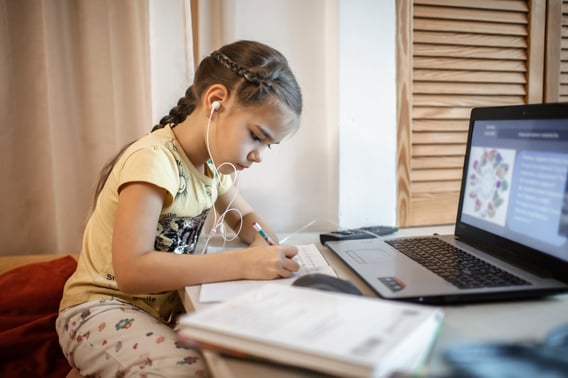
Hybrid Learning: A Stopgap or a Sustainable Solution?
There is no doubt that hybrid learning has benefited from a Covid-accelerated acceptance. But when the dust settles in our post-pandemic world, will we return to traditional classroom-based learning entirely? For many reasons, hybrid learning isn’t going anywhere. Of course, part of the reason for this will be a public wary of sitting in crowded rooms with others for long periods. But there’s more to it than that.
Just as remote working will no longer be the sole practice of free-spirited digital nomads, in the world beyond lockdowns and shut school gates, online learning will fill a need for autonomy and convenience in learning, as well as a need for a sense of safety in a post-pandemic world.
Hybrid learning is here to stay. Not only will it consolidate its position after society fully reopens, but it will develop as the technology evolves to create learning opportunities that transcend the restrictions of time and space that recent events highlighted in traditional learning.
To find out more about how you can use video to enrich your hybrid learning solutions, schedule a consultation with one of our team. With Boclips, you can access over 2 million rights-cleared, educationally relevant videos as well as flexible delivery options and editorial services. Visit boclips.com/publishers to learn more.
Boclips
Boclips is on a mission to make learning more captivating with video with an easier, safer way to access videos from the world’s leading video producers.
- #Video in Digital Learning
- #Classroom
- #Educational Videos
- #Video Content Partners
- #Tips for Using Video
- #Boclips for Publishers
- #Issues in Education
- #Educational Videos by Subject Area
- #News and Announcements
- #Events & Holidays
- #Video and Teaching Tools
- #Teaching Methodologies
- #Education Videos
- #Video and Digital Literacy
- #Short Educational Videos
- #Instructional Design
- #Multimodal Learning
- #Video and Student Safety
- #Accessibility in Education
-3.png?width=390&height=223&name=Untitled%20design%20(2)-3.png)
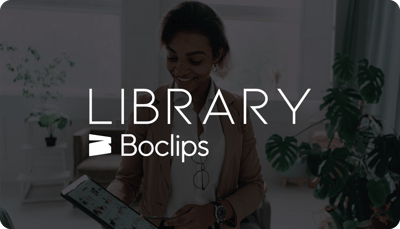
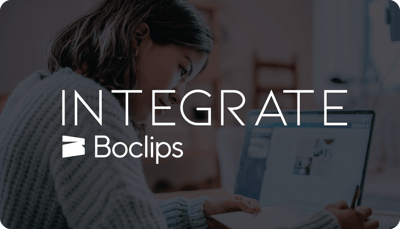
.png?width=1152&height=660&name=Copy%20of%20Untitled%20Design%20(1).png)
